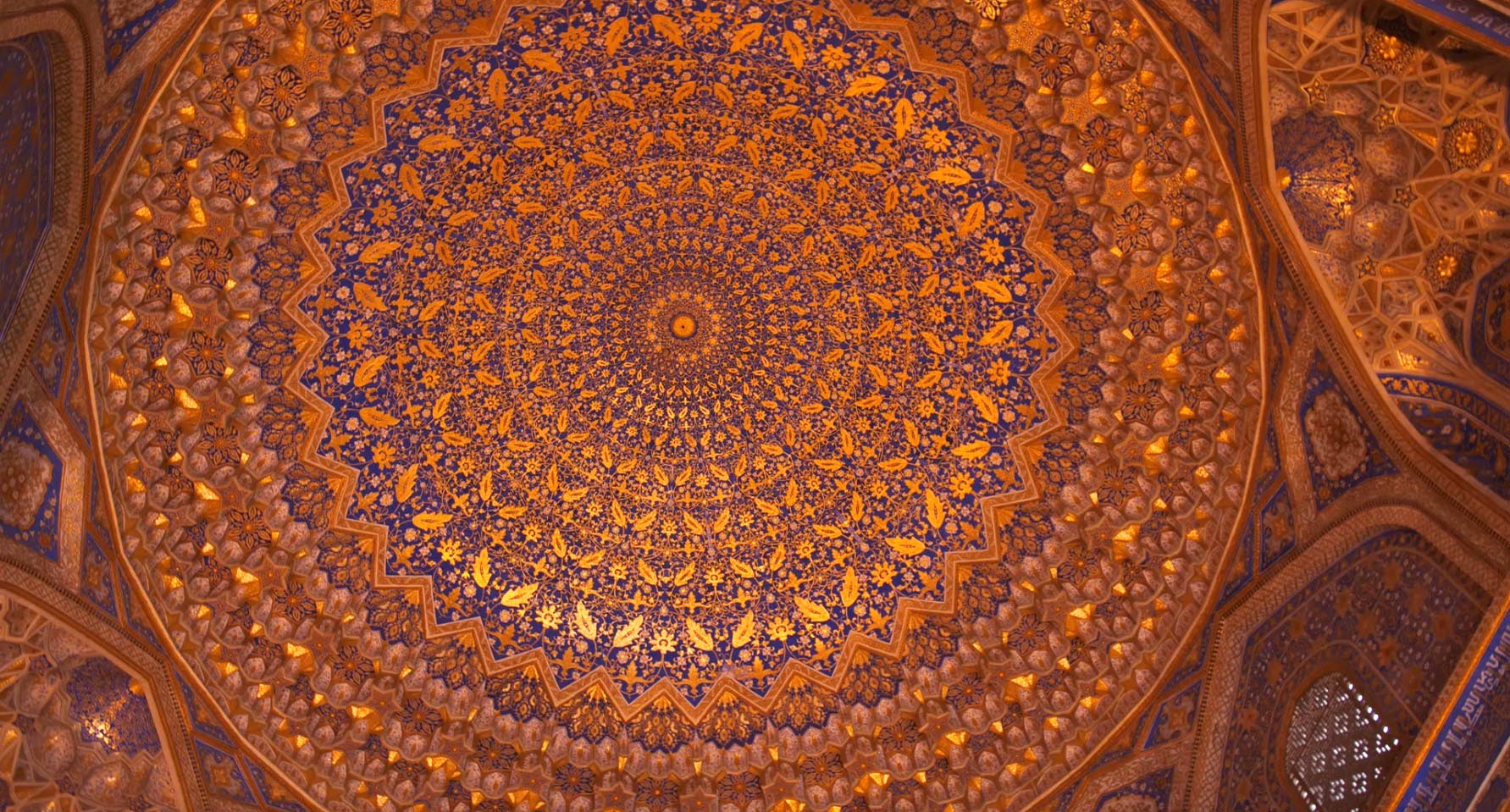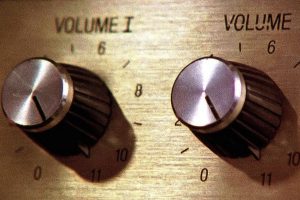Back in May, Lottie went on a month-long expedition through Turkmenistan, Uzbekistan, and Kyrgyzstan. Shooting video along the way, some of her footage of the Silk Road is now available to download for free on Videvo!
Here is how she got on, the kit she used, and some of the challenges she met along the way:
When I made plans to travel the Silk Road for a month, I knew I would have to pack light, because I would be experiencing every imaginable kind of climate and weather: from sandy deserts to snowy mountaintops, from crowded cities to deserted countryside. Since I also knew that I would be filming along the way, I made a choice very early on: one camera (a Panasonic GH5), one lens: (a Canon EF 24-205mm, with a Metabones Speedbooster); one tripod.
The trip would take me through three countries. Starting in Ashgabat, Turkmenistan before driving across the Uzbekistan border, through to Kyrgyzstan, where the journey would end in Bishkek.
TURKMENISTAN
Turkmenistan was perhaps the most challenging country of the whole route: famously difficult to enter, especially with an intention to document, I had to apply for a letter of invitation from a (compulsory) tour guide-cum-babysitter. Off the back of this letter, I was able to apply for a tourist visa. Thought to be one of the most repressive countries in the world (internet was a formality: emails, Whatsapp, social media, most websites and VPNs were all blocked), I knew my camera and I had to fly under the radar; one of the reasons I travelled with such little kit. Later, in Uzbekistan, I met a couple of journalists, who had been repeatedly denied entry to the country because a simple Google search of their names revealed that they worked for a Russian entertainment program, in which they traveled to the world’s most extreme places.
International tourism is rare there, so wherever I went, my camera and I attracted attention. Filming and photography on the streets, in the markets, in the hotels was strictly prohibited, with armed police were around every corner to enforce the rule. In Ashgabat, only the national monuments – totally devoid of people and all adhering to a strict colour scheme of white and gold – were fair game.
Outside of the capital, things were different. Suddenly cars appeared in colours other than white (illegal in Ashgabat). Irrigated gardens, marble government buildings and pristine streets faded into desert and scrubland. The occasional homestead, camel, or water pipe was the only visual relief on those long 7h drive days.
The Darvaza crater was perhaps the highlight of my time in Turkmenistan. Originally a soviet mining disaster, dating from the 60s or 70s, the crater remained a national secret, until it was declared a nature reserve in 2013. Shortly after I was there, the president of Turkmenistan, Gurbanguly Berdimuhamedow, released a video of himself doing doughnuts around the crater to dispel rumours of his death. And sadly, while I wasn’t there to catch the president on video, camping at the crater’s edge meant I was able to film the burning gas pit freely, for as long as I wanted
The limitations of having only the one lens – which is a fantastic all-rounder, coping moderately well with distance, but by no means a replacement for a telephoto lens – meant getting up-close and personal with the crater. Luckily, it was apparent that the safety railings were more of a suggestion than fixed barriers, but nonetheless, I could only stand at the edge for a few minutes at a time, before the heat became unbearable and I had to retreat again.
UZBEKISTAN
After crossing the border at Shovot in the midst of a terrible dust storm, I travelled across Uzbekistan, from city to city. Starting in Khiva, I travelled on to Bukhara, Nurata, Samarkand, and then finally Tashkent.
In Nurata, I found myself in the rather strange position of being in front of the camera, rather than behind it. I had arrived in the midst of the town’s annual cultural celebration. After being reprimanded (in French!) by a city official for filming, I was asked to follow him. Then, instead of receiving the angry telling-off I was expecting, I was put next to the mayor and other local politicians as they fed the town’s famous ‘holy fish’, for the local news. Originally put in the town’s water supply as a deterrent from drinking it for its healing properties, the fish have also now taken on a sacred status; the town is now as famous for its fish as it is for its Alexandrian ruins and holy water.
Though I had come on the trip without a specific shot list, I knew I wanted to film some camels. But the further I got through – and eventually out of – the desert, the more horses displaced camels as the preferred mode of transport. Luckily, before the camels ran out completely, I found an obligingly photogenic trio at a yurt camp in the Kyzylkhum desert, where I spent the night.
An afternoon spent wild swimming in lake Adyarkul was the perfect antidote to the blindingly hot days spent exploring city streets, mosques and madrasas, all beautifully restored. I discovered that the prevalence of nomadic lifestyles meant that freshwater sources were almost always pristine: clear, litter free, and very photogenic.
Deserts turned into meadows of wild poppies, and then rolling hills and mountains. Alongside these changes in the landscape, the cities varied as well: while Khiva and Bukhara felt like relics from the past, Samarkand was a refreshing mix of old and new, while Tashkent very much a soviet city, with brutalist architecture above-ground and palatial metro stations below.
Photography of the metro system in Tashkent has only been legal since February 2019. Nevertheless, filming them was a challenge. Police, conditioned by years of collaring tourists and photographers whipping out cameras, hovered nearby at every stop.
KYRGYZSTAN
Leaving Tashkent to cross into Uzbekistan meant driving through the Fergana valley, known as the ‘bread and cotton basket’ of the region. Stopping along the way to visit a local silk and cotton factory, I learnt about the production of silk: from the silkworms fed using the mulberry tree in the courtyard, to spinning, dyeing, and weaving the fabric.
Entry into Kyrgyzstan also meant saying goodbye to hotels. From this point onwards, I would be sleeping in tents, yurts, the occasional homestay, and one rudimentary ex-soviet dormitory. A new challenge presented itself: electricity. Through many of the yurt camps had generators, the energy they supplied went towards lighting. But by bringing a four-panelled solar-powered power bank with me – and religiously hanging it from my tent, yurt or putting it by the truck window for drive days – I didn’t ever go without fully charged batteries for my camera. And though finding sun could be a little tricky at times, it was probably the best purchase I have made for long-term run-and-gun shooting, where plug sockets were a luxury.
Kyrgyzstan and Uzbekistan couldn’t have been more different. The higher altitudes meant the temperature dropped, and the rain – even snow – set in. There were moments when the weather proved more of a challenge: a heavy rainstorm in the mountains, meant the truck got completely stuck in the mud. After managing to free it from its muddy prison, plans of pitching tents mid-thunderstorm were gladly swapped for a sojourn in a nearby yurt camp. However, the rain presented technical challenges too: there was no way I was going to be able to film some of the traditional nomadic games I saw in Chong Kemin, including goat polo. This, as I learnt, is not polo played on goats, but polo played on horses, using a dead 35kg goat as a ball. But you’ll have to take my word for it, as I have no photographic evidence of the fact.
A more successful venture, was the reason I planned the whole trip in the first place. In a valley aptly called the ‘Fairy Tale Canyon’, on the shores of Lake Issyk Kol, I met an eagle hunter, who, along with his son, was kind enough to give a demonstration of traditional eagle-hunting practices in the region. This time, the sun was shining, and I managed to capture it on film!
I’ve barely scratched the surface of all that I encountered on my trip through three countries of outstanding natural beauty, strange mixes of soviet and nomadic cultures, and surreal extremes of weather and temperature. But all the way through my experiences, I was grateful to have a camera slung over my shoulder. Not only could I share some of my wonder, but it also kept me mindful of exactly how lucky I was to be making this trick. When you’re looking for a shot, you truly take in the world around you.
If you are a videographer and a frequent traveller we want to hear from you! We work with videographers like Lottie from all over the world to create beautiful stock footage. So if you’re interested in working for us, drop us a line at hello@videvo.net




